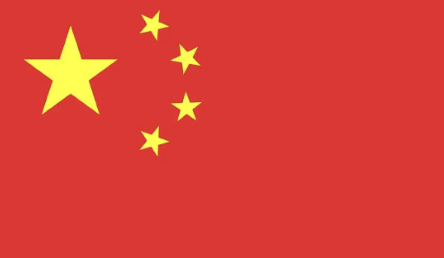Sha Ban candy is a traditional food with deep roots in Beijing’s culture, originally crafted as a medicinal delicacy for the imperial court. It later became popular among the general public due to its therapeutic properties, especially for alleviating common ailments. In fact, it was once commonly known as “medicine candy” due to its notable health benefits. Before 1955, Sha Ban candy could often be found at temple fairs around Beijing’s Tianqiao, Huguosi, Baita, Longfu, and Tudi Temples. However, it nearly disappeared from public view between 1955 and 2001.

Cultural Significance: Sha Ban candy, a unique fusion of healthful ingredients and sweet flavor, embodies the rich heritage of Chinese dietary therapy and confectionery. Made from a secret recipe once exclusive to the imperial kitchen, it is a prized remnant of Chinese cultural heritage and dietary medicine. During the Qing Dynasty, it was even celebrated as the most famous of the “Eight Marvels of Tianqiao.”
Health Benefits: Known for its versatile effects, Sha Ban candy helps soothe coughs, relieve phlegm, and calm sore throats. It also supports digestion, alleviates stomach discomfort, and relieves toothaches and other minor ailments. Traditionally, it was also used to address motion sickness, nasal congestion, and mouth odor, as well as excessive consumption of oily foods, tobacco, and alcohol. People without such symptoms could still enjoy it as a flavorful chewing candy.
Phoenix Lee https://chinese-tradition.com/sha-ban-candy-a-historic-treat-of-old-beijing.html
